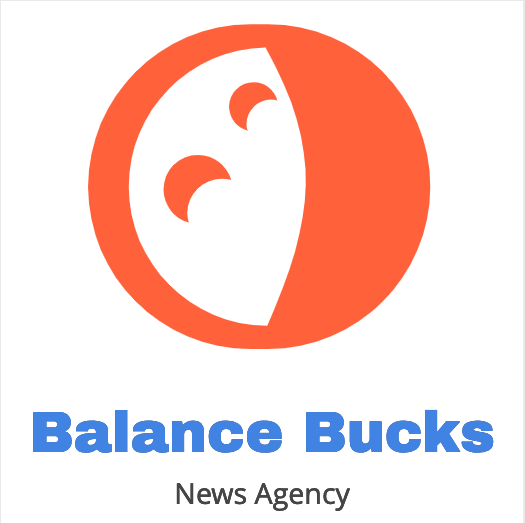Knowing Product Design and Development
Product design involves envisioning and constructing a product that meets client needs while assuring functionality, aesthetics, and usability. However, development requires engineering, prototyping, testing, and manufacturing to turn design ideas into products. They create industry-leading solutions by combining creativity, technology, and market knowledge.
Modern product design and development prioritizes human-centeredness above mass production. Businesses can keep their goods relevant and appealing in a fast-changing environment by incorporating user input, design thinking, and modern technology.
Fulfilling Customer Expectations
Product design and development directly affect client happiness, making them crucial. Today’s consumers want items that solve issues, are convenient, comfortable, and emotive. A well-designed product will resonate with people and provide a smooth experience.
Smartphones’ success comes from their elegant design, intuitive interfaces, and simplicity of use, not merely their technological capabilities. Companies that listen to and implement consumer preferences into product creation establish loyalty and trust, assuring repeat purchases and good brand endorsement.
Boosting Innovation and Competitiveness
Innovation drives corporate success, and product design and development are its cornerstone. Businesses may differentiate themselves by trying new ideas, materials, and technology.
Design innovation has transformed markets in automobile, healthcare, and consumer electronics. Advanced design and development produced electric cars, fitness trackers, and smart home technologies. These innovations attract consumers, generate income, and increase market share. Companies who don’t invest in product innovation risk falling behind in fast-changing markets.
Enhancing Usability and Function
Design is more than simply aesthetics—it works and is easy to use. Usability is crucial to customer choice. Regardless of price or look, people will forsake a product that is hard to use or missing vital functionality.
Products may be tested, problems found, and features refined before launch via rigorous product development. This decreases product failure and improves user experience. Simple kitchen appliances or comfortable ergonomic furniture illustrate how attentive design benefits daily living.
Sponsoring Brand Identity and Market Growth
Product design and brand identity are linked. Brand perception is reinforced by a strong design language—consistent aesthetics, quality, and innovation. Apple is famous for its basic, practical design, making its products instantly identifiable and desired.
Businesses improve goods and brand image by investing in design and development. This boosts client loyalty and market growth. Well-designed products can also fetch premium prices, providing organizations a financial edge over less distinguished competitors.
Cutting Costs and Time-to-Market
Effective product development boosts operational efficiency. Businesses may prevent costly post-launch changes by recognizing design and usability concerns early on. CAD, 3D printing, and simulation technologies accelerate prototype and testing, lowering time-to-market.
Faster product introductions help organizations beat competition and adapt to customer trends. This adaptability is essential in sectors with short product life cycles and quick demand.
Conclusion
Product design and development are strategic business drivers, not just technical procedures. Meeting consumer expectations, improving usability, stimulating innovation, and strengthening brand identity provide long-term advantages. Product design and development provide organizations an edge in a fast-changing market.
Businesses must realize that design and development are more than aesthetics and manufacturing. They influence consumers’ product perception, interaction, and value. By investing in creative, inventive, and customer-centered design and development, companies can keep their goods current, competitive, and lucrative globally.
